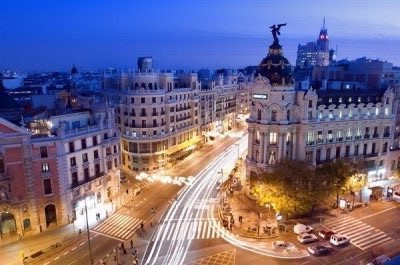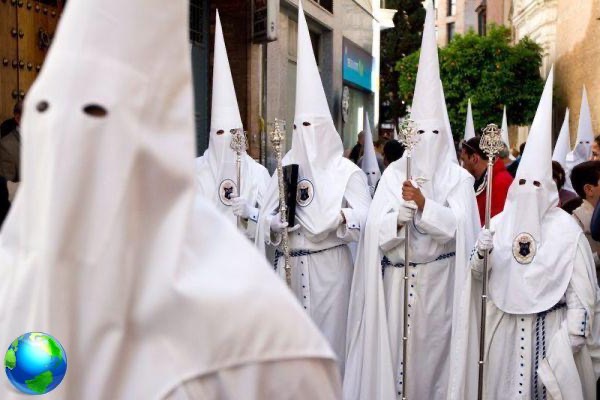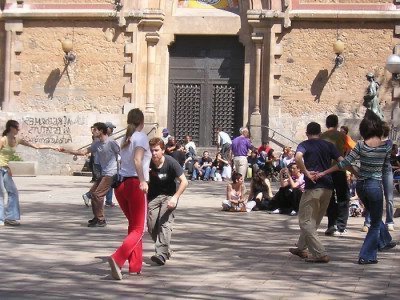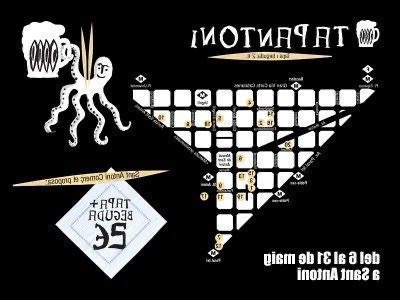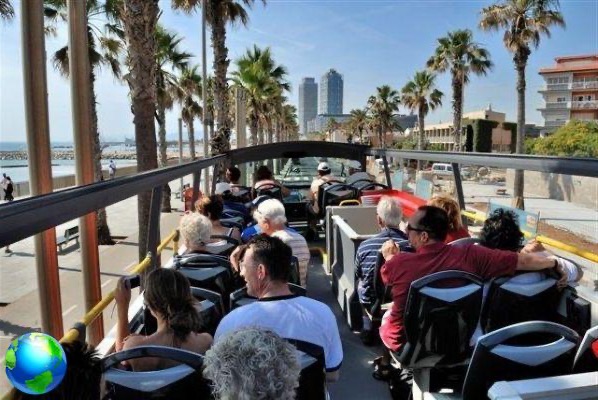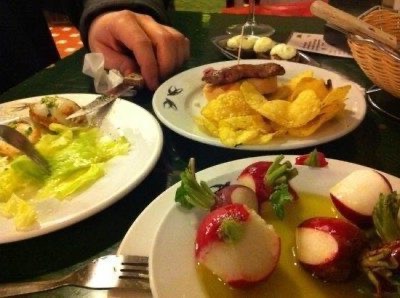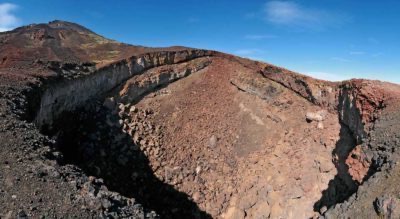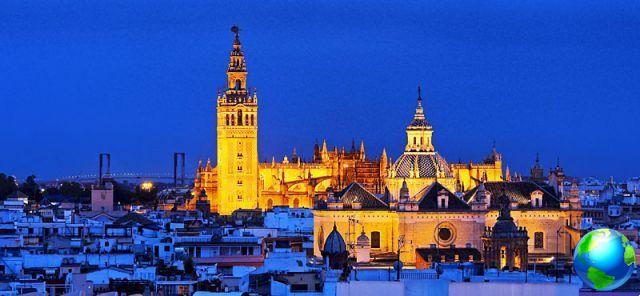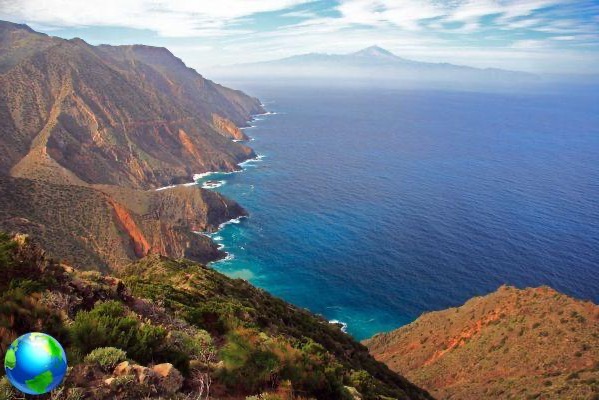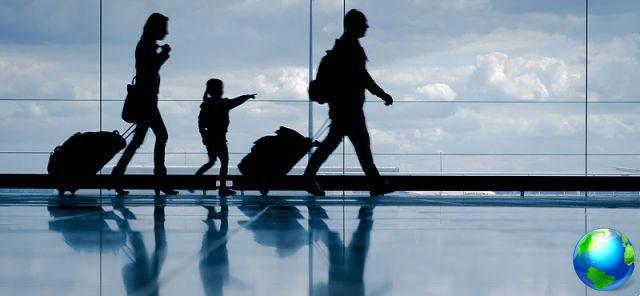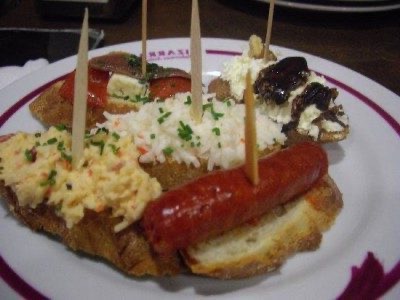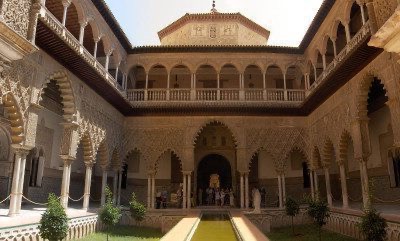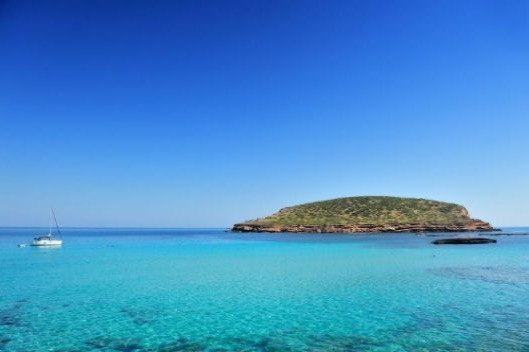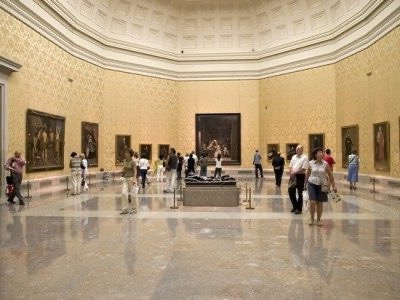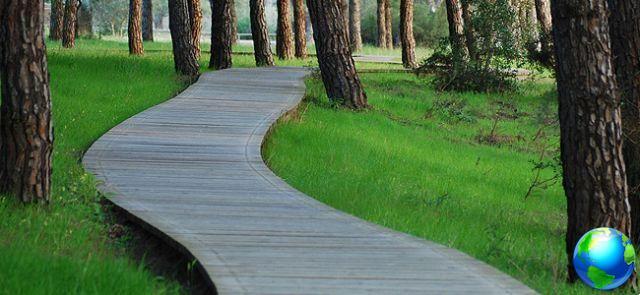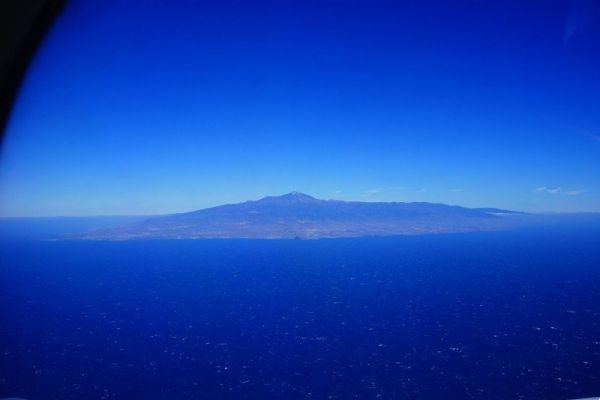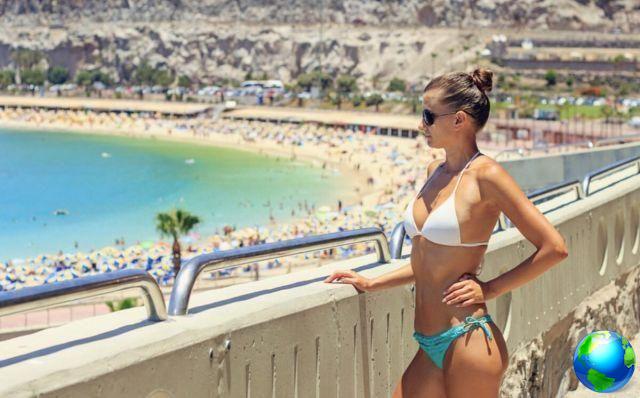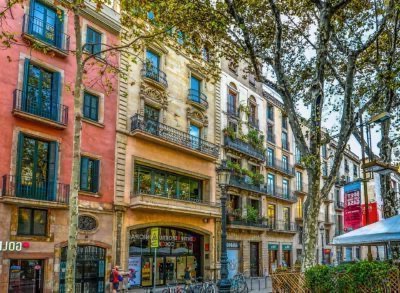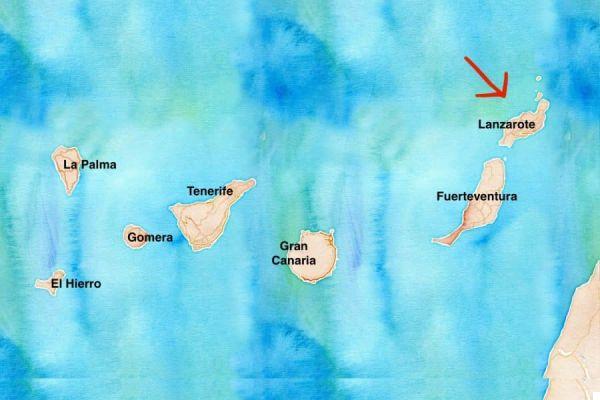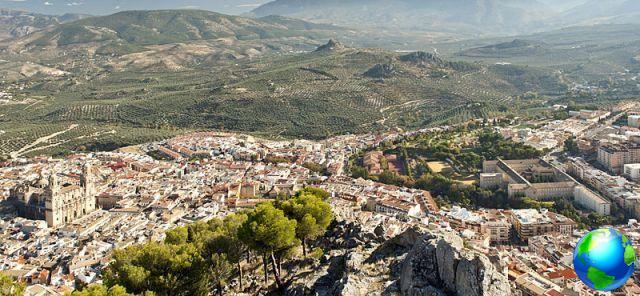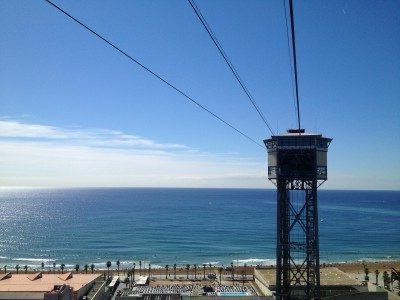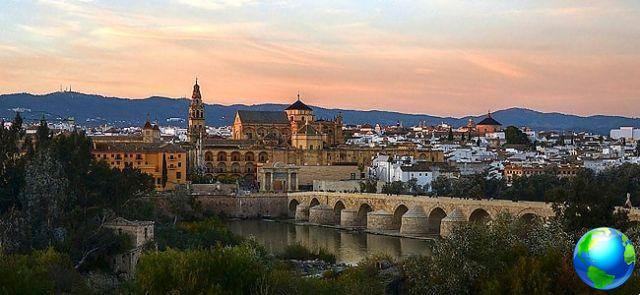
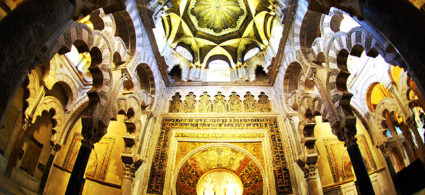
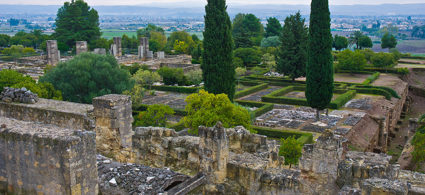

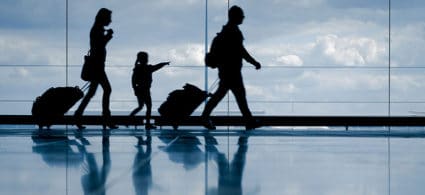
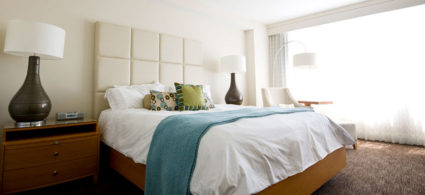
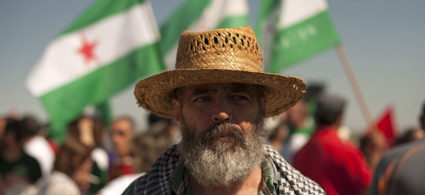
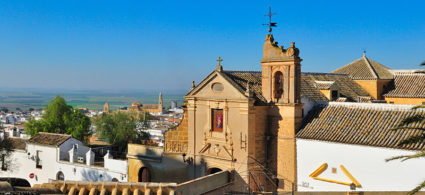
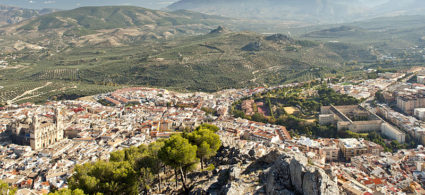
In a bend in the Guadalquivir River, in the heart of rural Andalusia, stands the splendid e historic city of Cordoba. The charm of its historic center is due to the beauty of its monuments and the Moorish grandeur of which the imposing and majestic Mezquita is an example, with the forest of arches and columns, symbol of the glory of Al-Andalus, but also to the patios and alleys medieval, declared a World Heritage Site by Unesco.
In the eighth century, after the Moorish conquest, Cordoba was an extremely prestigious city, full of countless palaces, elegant public buildings and 300 mosques, so much so that it rivaled Constantinople as the capital of art, culture and science. Over the centuries, Christian rule transformed and enriched it with new structures such as the Acazar de los Reyes Cristianos and the Torre Fortaleza de la Calahorra.
Cordoba is not only historical buildings and monuments but is also famous for its lively nightlife and for a culinary tradition of excellence.
What to see in Cordoba
La medieval town of Cordoba, declared a World Heritage Site by Unesco, is a labyrinth of cobbled alleys that develops around the Mezquita and is certainly the most intriguing area of the city. A few minutes away from the Great Mosque, along Calle Luis de la Cerda, is the Plaza del Potro, a long rectangular open space that slopes down towards the Guadalquivir River.
Cordoba is a feast for the eyes and holds numerous architectural treasures of Spain: the fascinating Alcazar de los Reyes Cristianos, built in the XNUMXth century by LAfonso X, the Roman bridge which unites the two banks of the Guadalquivir, the Arab baths, the Jewish quarter, the Jewish quarter, built in 1314 and full of courtyards. Here there is also one of the 3 synagogues still standing in the country and the Bullfighting Museum where the great bullfighters of Cordoba are celebrated.
La Tower of La Calahorra it stands south of the Roman bridge and was built by Enrique II of Trastamana in 1369 to defend the city from attacks by his brother Pietro I the Cruel while the Archaeological Museum is located inside a Renaissance palace and boasts an important collection with evidence of the Roman, Visigothic, Mudejar, Renaissance and Muslim periods. In the modern area is the Plaza de las Tendillas, the main square of Cordoba.
8 kilometers west of the city, the Medina Azahara is not to be missed. The ruins of a vast city-palace, built in the 112th century at the behest of Caliph Abd al-Rahman III, it covers 3 hectares and is divided into XNUMX parts by terraces.
Events and entertainment in Cordoba
The main events in Cordoba take place in spring and early summer.
Contest and Festival of Cordovan Courtyards
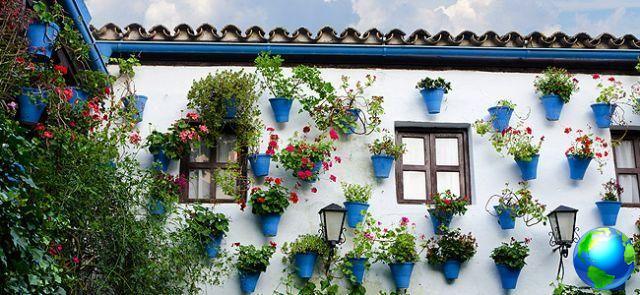
In the first half of May you can visit the most beautiful patios of Cordoba participating in the annual competition and on this occasion a rich cultural program is also proposed.
May Fair
The last week of May, and for ten days, takes place the great festival of Cordoba, fair, concerts, bullfights and shows for all tastes.
International Guitar Festival
In late June and early July, Cordoba devotes two weeks to the guitar with concerts of flamenco, rock and blues. The most important shows take place in the evenings in the Alcazar gardens.
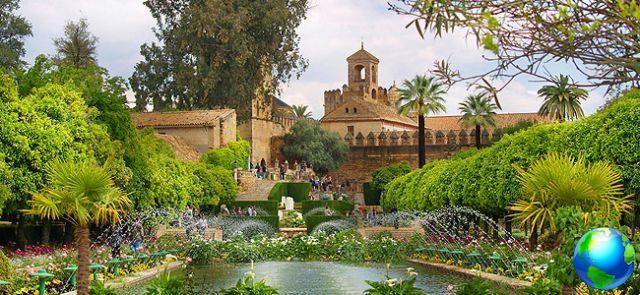
How to get to Cordoba
To reach this wonderful Andalusian city you can look for a flight to Cordoba airport which is located six kilometers from the center or prefer other airports such as Seville airport, Jerez de la Frontera airport, Malaga airport and Granada airport, all within easy reach, and from there choose between the high-speed trains of the Ave, a bus or a rental car.
By bus
The Cordoba bus station is located about one kilometer from Plaza de las Tendillas, at the train station, and is well connected to the following cities: Seville in 1h45, Granada in 3h00, Madrid in 4h30, Malaga in 2h30 and Jaén in 1h30.
By train
Cordoba train station is part of the AVE (high-speed line) that connects Madrid to Seville and can be reached from the following cities: Madrid in 1h45, Seville in 0h45, Malaga in 2h30, Barcelona in 10h30 and Jaén in 1h30.
How to get around Cordoba
Move with a rental car the streets of Cordoba are not very complex as the city's road network includes many one-way streets and the roads leading to the various hotels in the city are well signposted.
Il parcheggio it might give you some headaches but nothing major. There are several small private car parks, even in the central area, and several paid areas. It will be easy to find a spot along the south bank of the river just after the Roman Bridge.
Il public transport it covers the whole city, offers various connections with the suburbs and a night service is active, from 22 pm to 5 am, on Fridays and Saturdays. The public service reaches the main places of interest, for example bus number 3 leaves from the train and bus stations and reaches Plaza de las Tendillas and Calle de San Fernando at la Mezquita.
Another option for getting around is the taxi: the rates are displayed inside the cars and are quite cheap.
Where to eat in Cordoba
In the typical restaurants of Cordoba it is still possible to taste the traditional dishes Andalusian cuisinesuch as salmorejo, a tomato-based gazpacho, rabo de toro, bull's tail stew, garlic soup with raisins, lamb with honey or meat stuffed with dates and pine nuts. Most of the restaurants are located near the Mezquita or in the Jewish quarter.
- Bar Santos, Calle Magistral Gonzales Frances 3
- Tavern San Miguel, Plaza San Miguel 1
- Amaltea, Ronda de Isasa 10
- Salinas Tavern, Calle Tundidores 3
- Arabe Andalusi Comedor, Calle Alfayatas 6
- Casa Pepe de la Juderia, Calle Romero 1
- El Churrasco, Calle Romero 16
- Bodegas Campos, Calle de Lineros 32
Nightlife in Cordoba
Cordoba is a lively, student city and is famous for its traditional Andalusian cuisine. Start the evening in one of the tapas bars located near the Mezquita, often typical Andalusian houses transformed into taverns, and cool off with a bollard or one of the exceptional white wines produced in the province of Cordoba.
To those who want to let loose in discotheque we recommend checking out Club Cahira on Calle Conde de Roblado while for those looking for one flamenco show we recommend El Cardenal on Calle Torijos. One of the most popular nightlife areas is Plaza de la Corredera.
In the center of Cordoba, the clubs close around midnight, if you want to stay late, move to the clubs in the new area of the city that are crowded around one o'clock.
- Poppy, Paseo de la Ribera 9
- Soul, Alfonso XIII Street 3
- Bodega Guzman, Calle de losos Judios 7
- Millennium, Calle Alfaros 33
- Jazz Café, Calle Esparteria
- Pink Surfer, El Arenal Fair 4
Something I will buy from Cordoba
In the handicraft shops of Cordoba, which are mainly found near the Mezquita, around the Plaza de las Tendillas, you will find the famous objects in cuero repujado, embossed leather, and filigree silver jewelry. Among the numerous shops we point out Meryan in Calleja de las Flores for the excellent quality of her work.
The cobbled streets of the historic center are full of grocery stores, souvenirs, books and records but also trendy boutiques and, in the Jewish quarter, jewelers' workshops. Pottery, flamenco dresses, ornate fans, Cordobes sombrero and guitars are among the most popular purchases by tourists. A good selection of shops If you find your Count of Gondomar, Ronda de los Tejares and Ronda de los Tejares.
Malls and large chains do Continued schedule from 10.00 to 20.o0 while traditional shops are open from 10.00 to 13.30 and from 17.00 to 20.30.
A brief history of Cordoba
La Roman colony Corduba was founded in 152 BC and became the capital of the Baetica province, today's Andalusia. In 711, after being conquered by the Arabs, it became the Islamic capital of the Iberian Peninsula. Cordoba experienced its heyday when in 929 it gained independence from the Baghdad caliphs.
Under Abd ar-Rahman III Cordoba became the largest city in Western Europe. It was above all a multicultural city and today it boasted a great university, excellent intellectuals of the time and artisans of leather, metals, ceramics and fabrics, splendid mosques, important libraries and civil works.
The long decline of Cordoba began in the XNUMXth century under the rule of Almanzor up to the XNUMXth century, when the industry revived the fortunes of a now provincial city, although the cultural influence of Cordoba still remained alive, thanks above all to its intellectuals like Averroes and Moses Maimonides.




